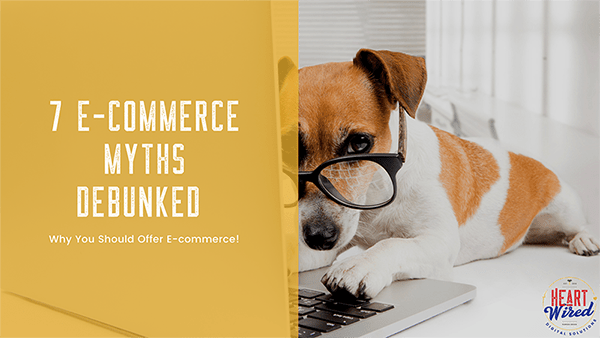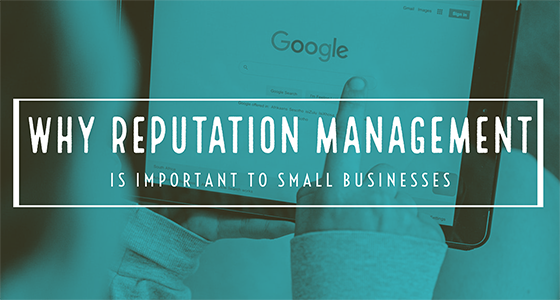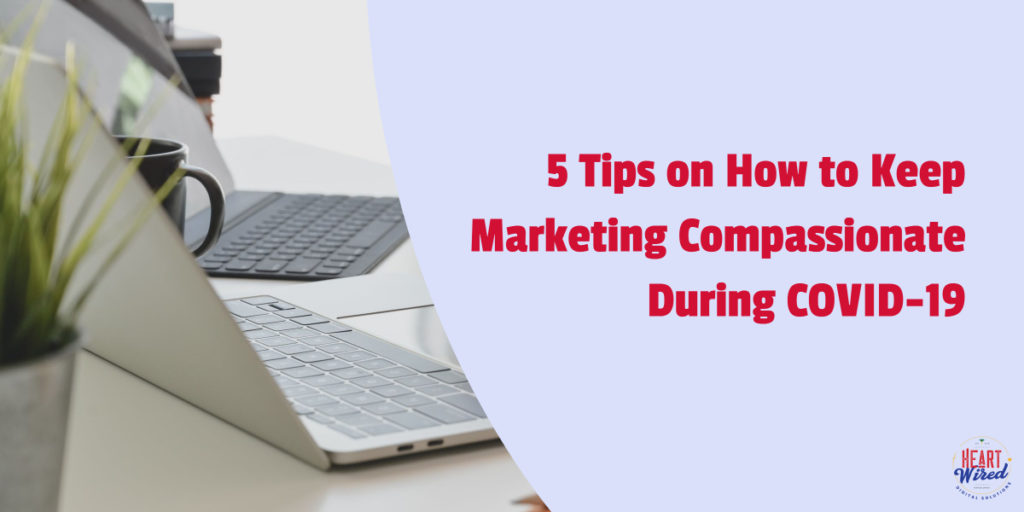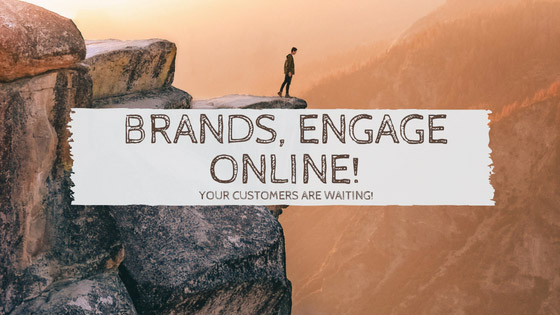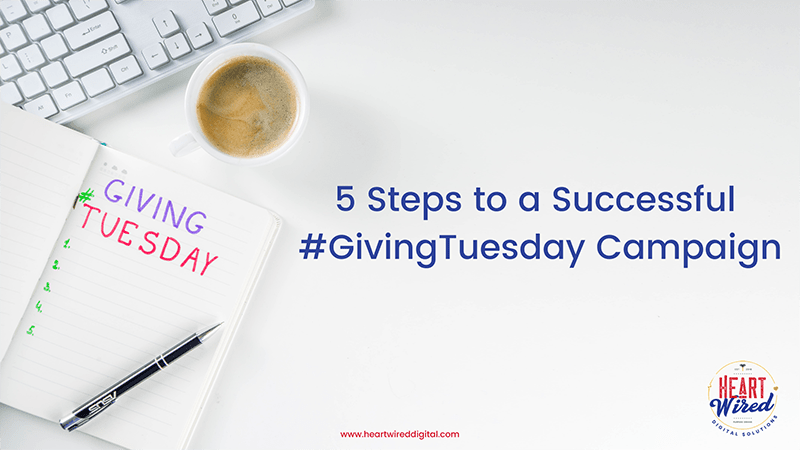
5 Steps to a Successful #GivingTuesday Campaign

Thanksgiving is right around the corner which means now is the time to be strategizing your #GivingTuesday campaign. You don’t need a high-level fundraising executive working for your non-profit to get your name out there among the masses. HeartWired Digital has compiled a list of 5 simple steps even the smallest non-profits can take to make #GivingTuesday2020 a successful and profitable celebration.
 Step One: Make it a Celebration
Step One: Make it a Celebration
Great news! Your non-profit has survived 2020! That’s reason enough to celebrate! Turn your #GivingTuesday campaign into a celebration of what you’ve accomplished so far in 2020 and what you have in the works for 2021. Shift your mindset from “how to get people to donate” to “how to show people your cause is worth donating to”.
Are you building something new? Are you starting a new project? Is there a specific need you’d like to see met through these #GivingTuesday donations? Announce your project, set a goal, and provide a progress meter that stays up-to-date throughout your campaign.
Invite your current donors, volunteers, and followers to join you in celebrating and show them specifically how they can make an impact moving forward. Is there something measurable within your project that you can anchor a price to? For example, would a $20 donation provide warm bedding for a child in need? Would a $5 donation buy rice for a hungry family? Donors want to see how their money will be put to work, so show them what it will accomplish and why that’s worth celebrating.
 Step Two: Don’t Forget the Basics
Step Two: Don’t Forget the Basics
With all the creativity and excitement that comes with building an effective #GivingTuesday campaign, it’s easy to overlook the basics. Here’s three things you don’t want to forget:
- Join #GivingTuesday- To participate in a #GivingTuesday campaign, you’ll want to register with givingtuesday.org. It takes about 30 seconds to register for their email list. Once you do, a toolkit of ideas, graphics, logos, and Canva templates become available for you to use. They don’t collect your donations. There’s not a list of official registered participants. This just gives you permission to use the #GivingTuesday name and logo for your campaign, which adds to your credibility as a non-profit.
- Make Sure Your Donation Button Works- The only thing worse than not receiving donations on #GivingTuesday would be not receiving donations on #GivingTuesday because your Donation button didn’t work. Seriously. Donate $5 to your non-profit right now. Make sure it works smoothly and that it is easy to find on your website. Don’t let inaccessibility or a technical glitch be the reason you lose donors.
- Pick a Project Leader- Decide right now who is going to take this ball and run with it. Who will be responsible for implementing these strategies? Who is going to communicate with the rest of the team and keep everyone on the same page? Make sure everyone knows who your point person is on this project and encourage your team to support him or her throughout the campaign.
 Step Three: Get Your “Why” Out
Step Three: Get Your “Why” Out
Why are you fundraising? Why does your organization exist? Why are you the logical, trustworthy choice for my donation? Your current donors know who you are but we want the rest of the world to know who you are, too. So, don’t just tell them, show them!
There’s a number of fun, trendy ways to get your “why” out there. You don’t have to reinvent the wheel. Consider adapting one of these already-successful campaign strategies:
- The Unselfie- Many successful non-profits such as The Michael J. Fox Foundation have profited greatly from using the popular hashtag #Unselfie throughout the month of November. Social media users simply hold up pieces of paper in front of their faces that say, “I’m Giving to (non-profit) Because (reason)”. They snap their Unselfies and post them on social media with the #Unselfie hashtag and any other hashtags that apply to the specific non-profit. Because the #Unselfie hashtag already has a large following, this is a fun and free way to spread the word about your cause.
- Create an “I Give Because” Video- Create and share a video of your current donors reading letters about why they give to your non-profit. Showcase ways people have thanked your organization for meeting the needs of people within your community.
- Share Impact Stories- Don’t wait until #GivingTuesday to share how you’ve been making a difference. The week before, share positive impact stories on social media as well as with your email list. Ask your current donors to share impact stories and create fundraisers on their social media accounts, as well.
- Involve Your Recipients- Do you have access to individuals your non-profit has helped? Don’t exploit them! That’s icky. But do ask them if they would like to be involved. Ask them to share their stories and to encourage others to give.
 Step Four: Turn Your Celebration into an RSVP-able Event Online
Step Four: Turn Your Celebration into an RSVP-able Event Online
It doesn’t matter how excited you are about your party if nobody shows up. Use the scheduling tools of Google and Facebook to schedule an online “Event” on #GivingTuesday. When followers RSVP, they are sent reminders about the Event and will receive notifications when you go live, share posts, and give updates throughout the day.
Ask your staff, volunteers, donors, recipients, mail carrier, hairdresser, and your mom’s second cousin to share the Event, as well. Statistically, a low percentage of social media users actually show up to the Events that they RSVP to. Even fewer will donate. So saturating the web with your invitation is crucial to spreading awareness and getting your “why” out. Just don’t be spammy. Reach your audience organically and watch the donations roll in.
 Step Five: Follow-Up, Say “Thank You”, and Upsell Your Donations
Step Five: Follow-Up, Say “Thank You”, and Upsell Your Donations
Did your mother make you write Thank You notes after each birthday party? The sentiment is just as important to Jane and Joe Donor as it is to your Aunt Beatrice. Your donors want to hear from you again and not just when you need more money. Show them how their money has been put to work by sending pictures and letters of thanks from recipients of your organization. Thank them for helping you make a difference in your community. And for the love of financial stability, offer them an opportunity to continue giving on a regular basis.
It’s impossible to check-out online or at a brick and mortar store without being asked if you’d like to supersize, upgrade, or buy another for 50% off. So, make it easy for your donors to give regularly by upselling their donation. Have your web person add a monthly giving feature to your website. Need help with that? We’re happy to assist.
Bonus: Start on Monday
If Walmart can start it’s Black Friday sale a day early, your non-profit can get a jump on things, as well! Consider offering a special gift for donating on Monday, such as a sticker, magnet, ink pen, or anything else you might have a surplus of. No Merch? No worries. Enter everyone who donates on Monday into a drawing for a gift from your organization. Don’t make it something big that will make your donors question how you’re spending their money. Give away something small and personal or ask a business to donate an item that can be given away in your drawing.
Remember, this has been a difficult year but we have all pulled through it because we have pulled together. We appreciate the difference you are making in your own little corners of the world. Continue doing great things! And may your #GivingTuesday campaign be a phenomenal success.


